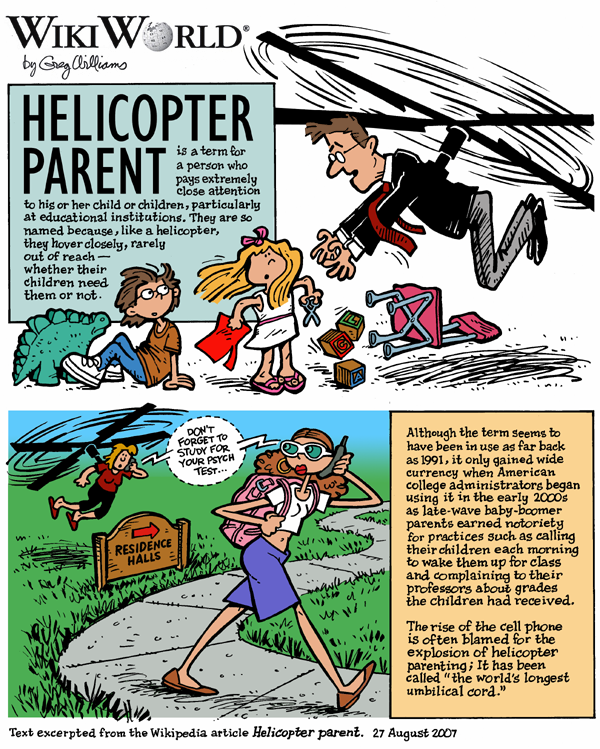“I propose that we cut taxes by 22%.”
“I’m going to propose to Emma on Valentine’s Day.”
“I propose we go to the new sushi place for dinner.”
These are all great proposals, but they’re nothing like the research proposal you need to write … or are they?
Actually, they’re more alike than you might think. They all tell an audience what you plan to do.
That’s exactly what you need to do in your research proposal. Tell your audience (your professor or research committee) what you plan to do in your research paper.
Piece of cake, right?
Cake … good idea. I propose we celebrate finishing your proposal with a piece of German chocolate cake.
So let’s get to writing, and I’ll show you how to write a research proposal. Then we can get to the good stuff!

What Is a Research Proposal?
I guess before we dive into how to write a research proposal, I should probably make sure we’re on the same page about what one actually is, huh? Let’s do that first.
A research proposal is a statement designed to convince your readers that you have a topic worth researching.
The proposal should also demonstrate that you have an understanding of the topic and sound research ideas—and that you’re capable of completing the work.
In other words, don’t write a proposal about how you hope to finally determine the meaning of life. You won’t possibly be able to complete such a project.
The research proposal is part of a formal research process, so take it seriously. Use clear, concise writing and a formal academic tone.
The proposal is also more than simply saying, “I want to write about helicopter parents.” It follows a specific format that can seem overwhelming at first. But if you take it step-by-step, it’s easier than you think.
With that out of the way, let’s dive into how to write a research proposal, shall we?
How to Write a Research Proposal: 6 Essential Components
A research proposal contains six key parts.
I’ve included a brief discussion of each component and examples about helicopter parenting. Hopefully, they provide some inspiration as we work through the process of how to write a research proposal.

1. Title
Believe it or not, the title of your project is important. We’ve all heard the saying “don’t judge a book by its cover.” But we often judge books not only by their covers, but by their titles as well.
After all, which would you rather read, A Comprehensive Discussion of Dating and Courtship Rituals in the United States or 10 Ways to Find the Perfect Mate? (Yeah, I’d pick the second one too.)
The title of your research proposal should offer a clear, descriptive overview of your paper. It should inform readers of your topic and grab their interest.
Here’s an example title:
Helicopter Parents: Are They Helping or Harming Children?
This title is descriptive—it tells readers that the paper will be about helicopter parenting. It’s also informative—it explains that the paper will examine whether helicopter parenting is effective.
2. Abstract
An abstract is a short summary, usually about 200-300 words. It should include the following:
- What you’re writing about
- Why you’re writing and researching the topic
- What you hope to find out by completing the research
If you’re completing any of your own research (like developing a survey), you can also include a discussion of how you will incorporate it into your writing.
Here’s an example abstract:
This research project will focus on helicopter parenting. Helicopter parents are often defined as well-intentioned mothers and fathers who are overly involved in their children’s (and often their adult children’s) lives. While helicopter parents usually feel that their actions are helping their children, many researchers now question whether parents are becoming too involved. This relatively new form of parenting has come under scrutiny in recent years as society questions its effectiveness. The question this research project examines is whether such over-involvement is ultimately helpful or harmful to children. The project will include a brief overview of several common parenting styles, including permissive and authoritative parenting, and compare these parenting styles to helicopter parenting to examine both positive and negative outcomes of each parenting style. A literature review will be the primary method behind the research; however, this research project will also incorporate an original survey of approximately 20 high school and college students. The survey will include short-answer and multiple-choice questions and will provide evidence of whether teens with helicopter parents struggle in academics and whether these same individuals can make decisions on their own.
Whew! That was a lot of writing! Hang in there. We’re not done with the research proposal, yet. Keep working and writing … that piece of cake is within reach!

3. Introduction
The introduction to your research proposal will be two to three paragraphs and is much like the introduction to any research paper. You want to grab readers’ attention and provide an overview of your paper. (Read How to Start an Essay With a Bang to learn the basics about writing introductions.)
When writing the introduction in a research proposal, you should include the following:
- The problem you’re addressing in your research paper
- The reasoning behind your research and why it’s important that you complete this research
- What you hope to find out by completing the research
- Any predictions you might have about your research
Yeah, I know, you’ve already stated some of this information in an abstract. But remember, the abstract summarizes your project. The introduction is more specific and introduces readers to the information in further detail.
4. Literature Review
The literature review is just as it sounds: a review of the literature. No, you’re not writing a book review of Moby Dick or A Tale of Two Cities.
In a literature review, you’ll locate credible sources about your subject and provide readers with an overview of what the experts are currently saying about your topic.
The literature review is designed to inform readers not only of what the experts have said about the subject, but also to illustrate why your research is timely and important.
The length of a literature review can vary from a few paragraphs to several pages. So check with your instructor for specific length requirements.
In my helicopter parenting example, I would review sources that discuss how and when helicopter parenting became a common parenting style and sources that discuss other parenting styles. I would also review why some experts might feel helicopter parenting helps children and why some experts feel that it’s harmful to children.
5. Methods and Results
The methods section of the research proposal explains to readers how you will carry out your own research.
You’ll need to explain what type research you’ll complete. Will you administer a survey or a questionnaire? Will you conduct experiments in a lab? Will your work be completed in person or online?
The methods section will also identify who will participate in the study. Will you recruit friends and bribe them with pizza just so they’ll complete your survey? Will you recruit other college students, high school students, professors, or another group?
In the methods section, you’ll also need to explain what types of methods you’ve used and how you know they are reliable. In other words, did you use a multiple-choice questionnaire? Did you interview subjects? Did you use computer programs to analyze data?
Finally, the results section might make some predictions about your research.
In my research proposal about helicopter parenting, I would explain that I planned to use a multiple-choice and short-answer questionnaire to survey about 20 high school and college students. I would also predict that students with helicopter parents struggle with independence much more than students without helicopter parents.
6. Discussion
The discussion component of a research proposal isn’t merely a conversation on what your paper is about. It focuses on any possible weaknesses, complications, or limitations of your research.
For instance, if you’re administering an online survey, could someone other than the intended participant complete the survey? If you’re completing a survey of a group of people, how do you know they’re answering truthfully?
In my example, I propose to survey about 20 students and ask them about helicopter parenting. A limitation to my questionnaire is that people might not answer honestly or might intentionally try to influence the results of the study.
I’m also only surveying a small population. This certainly has its limitations. Just because a small group of students feels either negatively or positively about helicopter parenting, it doesn’t necessarily mean that all individuals in a similar age group would feel the same.
The End of the Research Proposal
No, I’m not advocating the banishment of the research proposal. I’m celebrating because you’ve made it to the end of your proposal. And with your proposal complete, you have certainly earned that slice of German chocolate cake!
See, learning how to write a research proposal wasn’t so bad. At least you got cake, right?
After you’ve finished your cake and have your proposal approved, you can get to work on your research paper. Check out How to Write a Research Paper: A Step-by-Step Guide and How to Craft a Research Paper Outline for some helpful advice.
If you’re still working on your proposal but aren’t quite sure it’s ready for prime time, don’t forget that Kibin’s expert academic editors are standing by to help.


